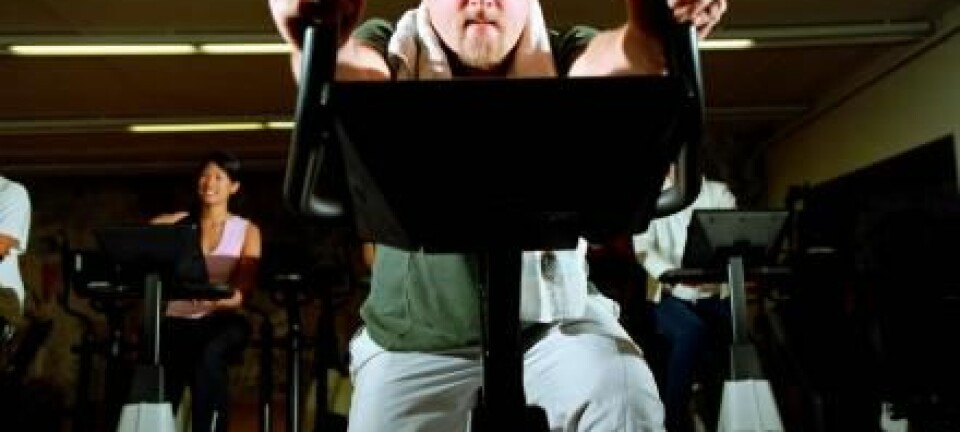
Stress and exercise repair the brain after a stroke
New research reveals that a combination of stress and exercise can shorten the rehabilitation period after a stroke.
Suffering a stroke can instantly erase a person’s ability to speak, remember things or find their way around.
It takes a long time to rehabilitate the brain after a stroke. But new research reveals the surprising finding that a combination of exercise and stress could shorten rehabilitation time.
"We have discovered that the combination of stress and exercise changes the chemistry in various parts of the brain and promotes rehabilitation. We already knew that these changes can occur with exercise alone – but were surprised to find that stress can also be beneficial," says Professor Jesper Mogensen of the Department of Psychology, University of Copenhagen, who conducts research into rehabilitation after brain damage.
Stress can be helpful
It is generally considered that exercise is good for our bodies, and that stress is bad. Stress over a long period causes brain function to worsen. We become poorer at remembering, reading and speaking.
"But it turns out that the combination of stress and exercise actually benefits the rehabilitation of brain-damaged test animals – they learn more quickly to remember and to solve problems,” says Mogensen.
The research team now plans to conduct experiments to investigate whether the combination of stress and exercise can benefit human beings who have suffered a stroke.
Relearning ability
The research conducted in rats involved destroying the part of the brain used for orientation. The rats immediately lost their ability to find their way through a maze.
The rats were then divided into two groups. The first group was allowed to run in an exercise wheel, while the second group had no exercise.
The rats who had exercise were very quickly able to relearn their way through the maze, despite the 'orientation part' of the brain being destroyed. But the unexercised rats were unable to find their way around.
In this respect, rat brains and human brains resemble each other. Human beings can also relearn how to find their way around, despite damage to the brain caused by a blood clot.
A mystery explained
Professor Mogensen's research in rats can explain the mystery of how human beings can relearn how to talk and find their way around despite the fact that a significant part of the brain has been damaged.
The exercising rats had many more neutrophins – a class of proteins that promotes neurone function – in their brains. Neutrophins enable surviving neurones to make new connections between the brain's different parts, a phenomenon known as 'brain plasticity'.
"The brain becomes more plastic when it gains extra neutrophins through exercise. This makes it easier to relearn things," says Mogensen.
Read the article in Danish at videnskab.dk
Translated by: Nigel Mander
Scientific links
- Reorganization of the injured brain: implications for studies of the neural substrate of cognition (Frontiers of Consciousness Research Journal)
- Almost Unlimited Potentials of a Limited Neural Plasticity













